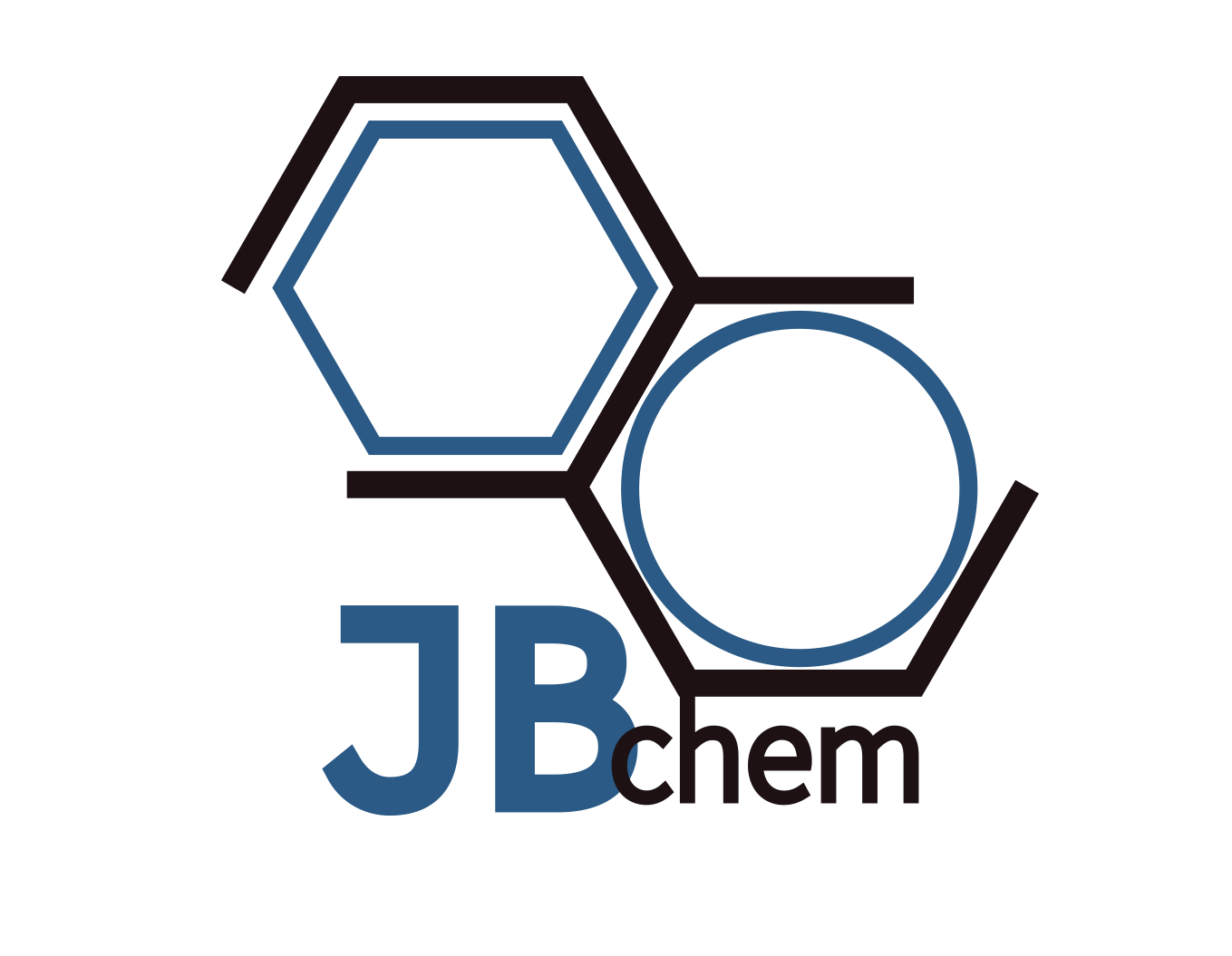Products
Y - Yttrium
Y(NO3)3.6H2O yttrium nitrate rare earth powder
Y2O3 yttrium oxide nanoparticles/ nanopowder
YCl3.6H2O yttrium chloride rare earth powder
YF3 yttrium fluoride rare earth powder
Yttrium is a chemical element with the symbol Y and atomic number 39. It’s part of the group of elements known as the lanthanides, although it’s often associated with the transition metals due to its chemical properties.
Physical Characteristics
- Appearance: Yttrium is a silvery-metallic transition metal that is relatively stable in air due to oxide layer formation.
- Atomic Mass: Approximately 88.90585 u.
- Density: About 4.472 g/cm³ at room temperature.
- Melting Point: 1,522°C (2,772°F).
- Boiling Point: 3,345°C (6,053°F).
Applications
Phosphors: Yttrium is widely used in making phosphors for color television and computer monitor CRT screens, LED lights, and fluorescent lamps. Yttrium oxide (Y2O3) is often used in red phosphors.
Superconductors: Certain yttrium compounds, like yttrium barium copper oxide (YBa2Cu3O7), exhibit high-temperature superconductivity.
Metals Alloys: Yttrium is added to alloys to increase strength at high temperatures, making them useful for aerospace applications and in the manufacture of camera lenses.
Ceramics: Yttrium-stabilized zirconia (YSZ) is used in a wide range of ceramic applications, including as a solid electrolyte in oxygen sensors and fuel cells due to its high ion conductivity at high temperatures.
Compounds
Yttrium Oxide (Y2O3): This compound is used in making phosphors that give the red color in television tubes and LEDs, and as a stabilizer in the zirconia ceramics used for dental crowns and implants.
Yttrium Barium Copper Oxide (YBa2Cu3O7): A high-temperature superconductor used in magnetic levitation, magnetic resonance imaging (MRI), and in research.
Yttrium Aluminium Garnet (YAG, Y3Al5O12): Used as a gemstone in jewelry and as a host crystal for various solid-state lasers.
Yttrium Iron Garnet (YIG, Y3Fe5O12): Utilized in microwave filters and in magnetic field sensors due to its interesting magnetic properties.
Basics on Boron-Wikipedia

